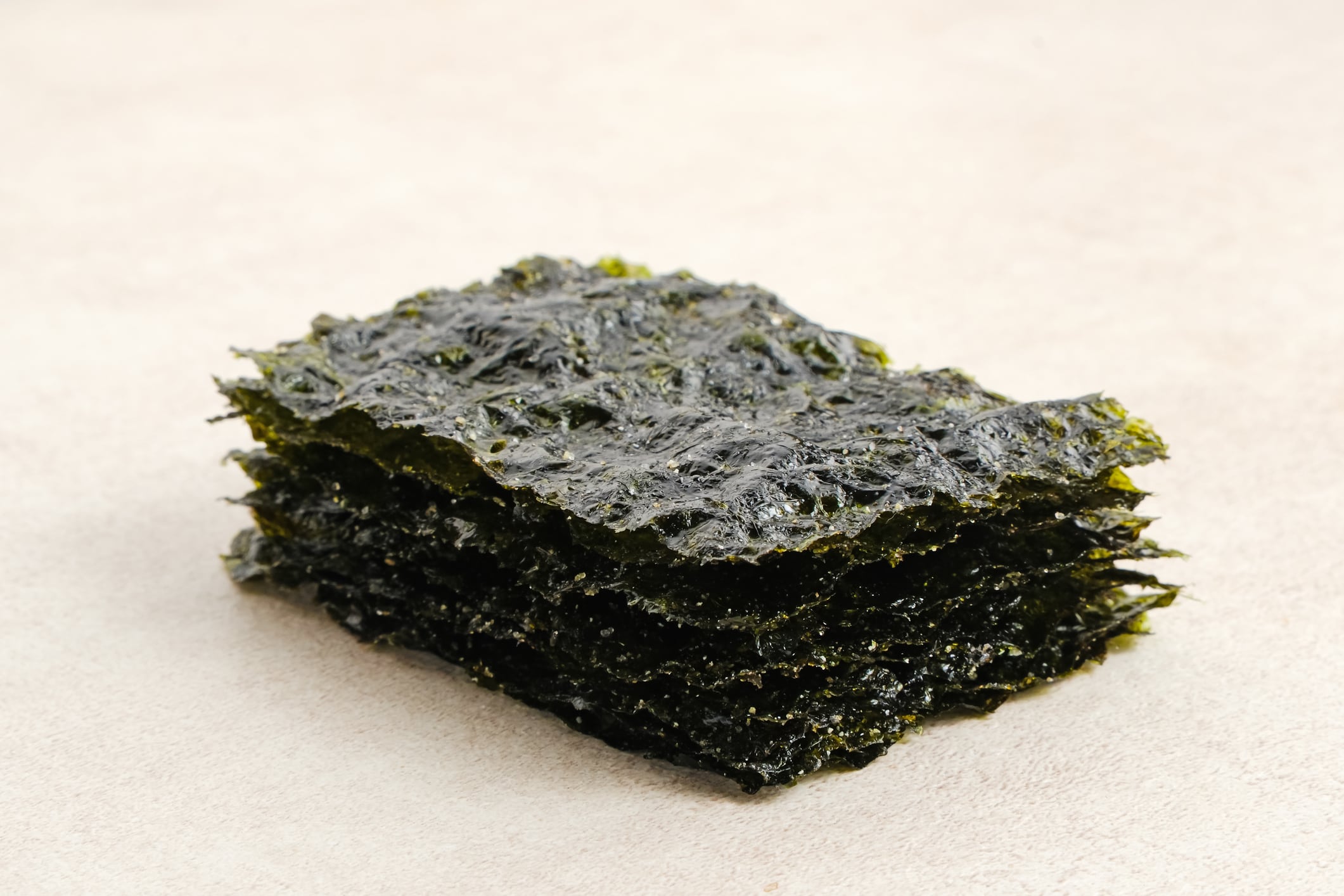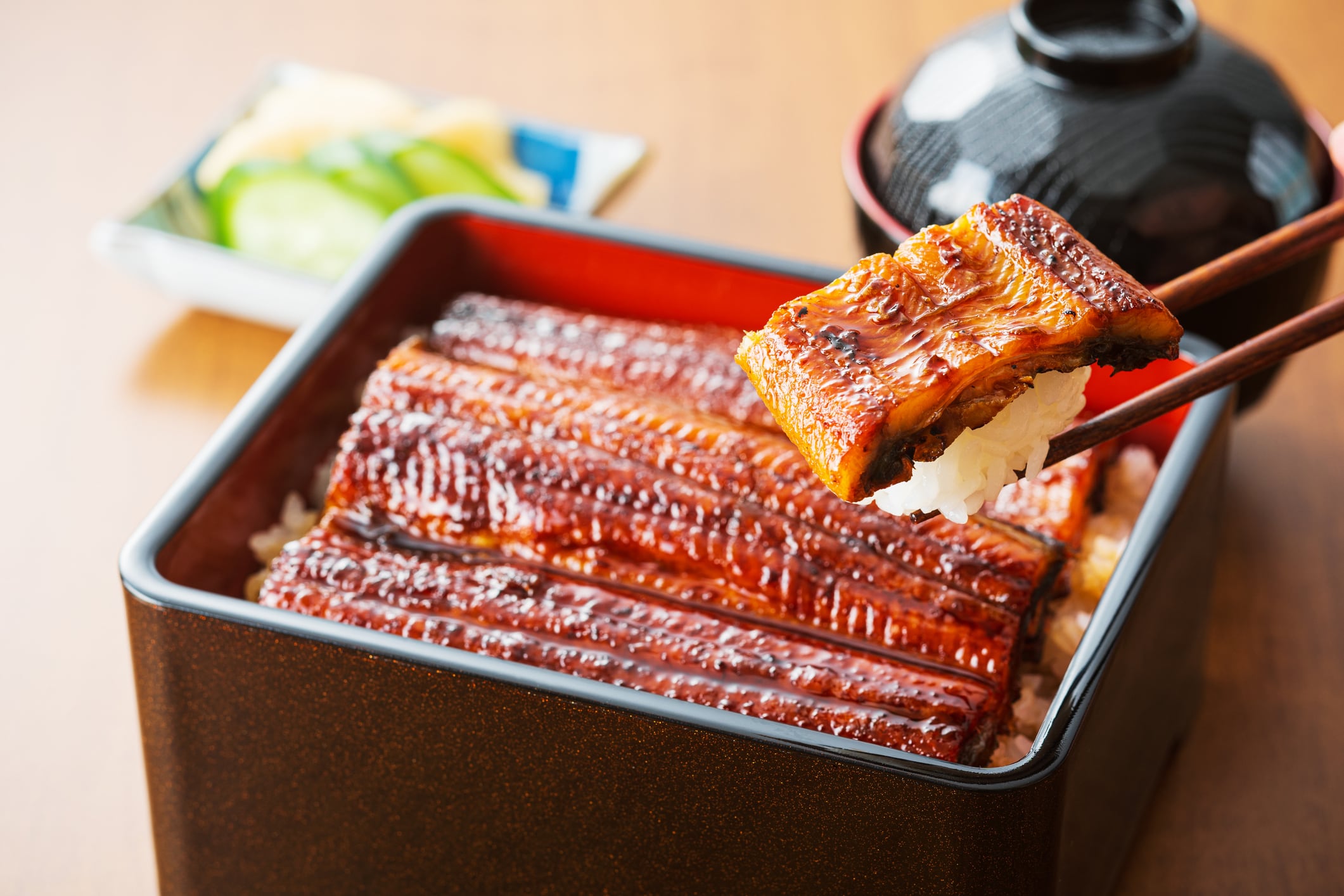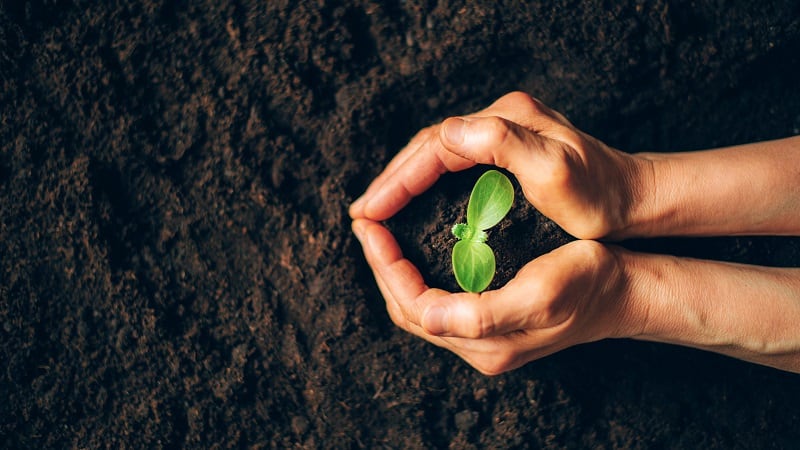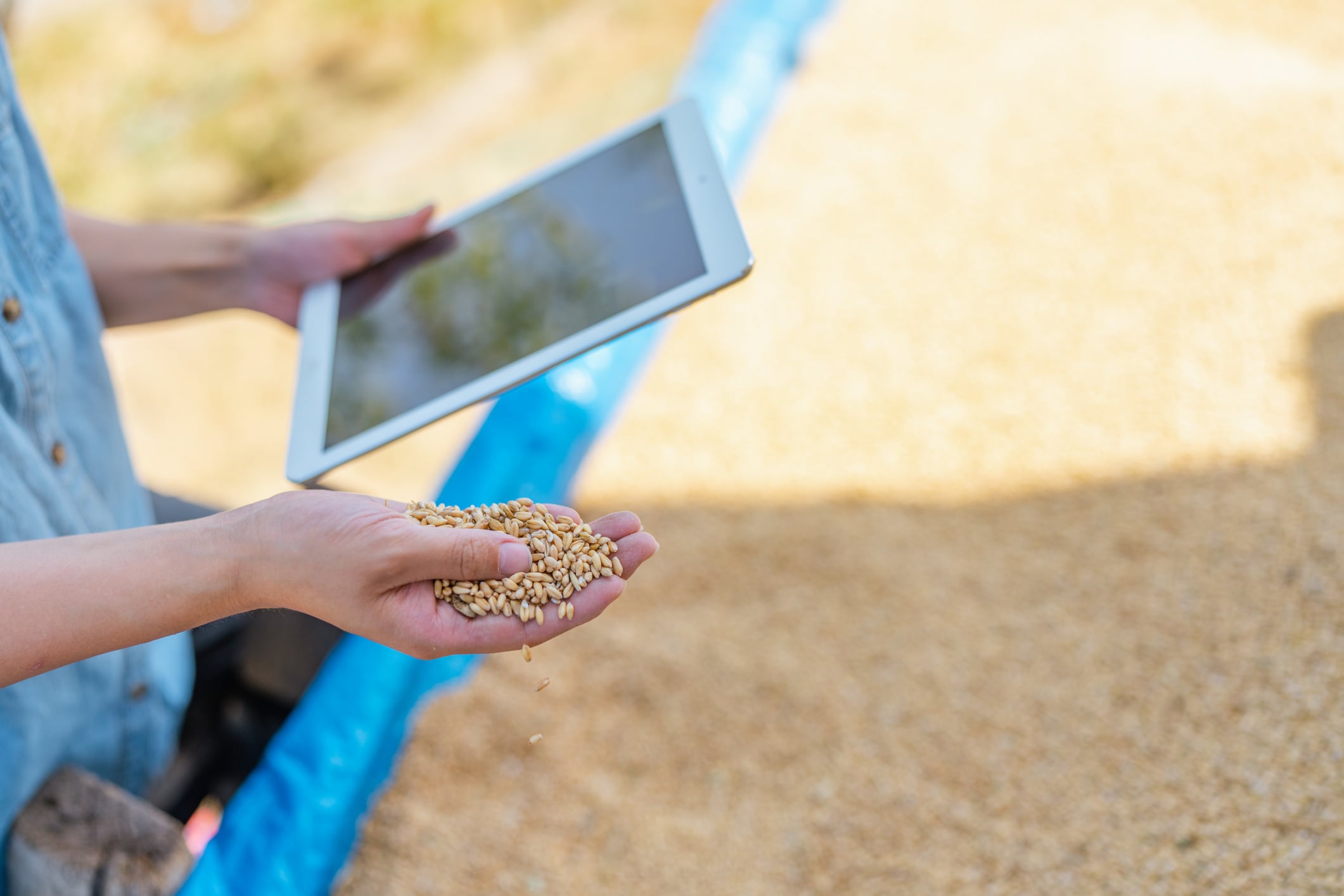The Ministry of Oceans and Fisheries (MOF) announced its supplementary budget on July 4, totalling at KRW87.6bn (US$63.95m)
The budget allocated KRW6bn to support the increasing market demand for dried seaweed.
It is expected to be used to replace ‘outdated’ seaweed driers, which is expected to improve the quality of the dried seaweed, and ensure a steady supply to the market, enhancing export competitiveness.
An additional KRW2bn (US$1.46m) was added to mitigate the concerns over the high sea temperatures expected over the summer season.
This budget has been allocated for equipment such as oxygen supply devices and shading nets.
The ministry will distribute the equipment and step up on-site farm inspections at the same time.
It said it would provide real-time data on water temperature to minimise the risk of damage.
K-gim: A key export
Dried seaweed, or gim, is one of the most important exports for Korea.
According to MOF, Korea’s gim accounts for over 70% of the global dried seaweed market.
Over 14 years, Korea’s dried seaweed exports have grown nearly tenfold — from $110 million in 2010 — on the back of the demand for Korean food internationally.
In 2024, dried seaweed topped Korea’s total marine product exports, bringing in US$997m over the year and exceeding 1 trillion won for the second consecutive year.
This was a 25.8% growth from US$72m in 2023.
In comparison, Korea’s second largest marine product export, tuna grew by 4.7% to US$589m in 2024.
Stabilising production
Korea does not expect demand for gim to slow down any time soon.
However, the production of seaweed is not increasing quickly enough to meet demand.
According to the MOF, product hovers around 500,000 to 600,000 tonnes.
This has caused seaweed prices to fluctuate, and it is expecting the impact of climate change to worsen the issue.
Last October, Vice Minister of Oceans and Fisheries Song Myung-dal acknowledged this and highlighted the importance of “pre-emptive countermeasures”.
The MOF outlined several initiatives in 2024 which aim to mitigate these challenges and meet its goal of increase dried seaweed production by 7% in 2025.
This included developing 2,700 hectares of new farms and set aside 1,000 hectares to trial cultivation in deep offshore waters.
To stabilise production in the face of environmental challenges like rising sea water temperatures, a five-year project worth KRW30bn (US$29.9m) was established to develop technologies that could enable land-based seaweed farming.
Smart farming solutions will be key to the future of seaweed farming in Korea, especially among its many smallholder farms.
The MOF aims to help aims to ease farmer burden and reduce production costs with automated systems.
At the same time, Korea is supporting the development of heat-resistant seaweed varieties that can thrive in the warming waters.
Researchers are also studying how to minimise ‘yellowing’, another climate change related issue, while also ensuring its seaweed meets global safety standards for heavy metals and iodine.





